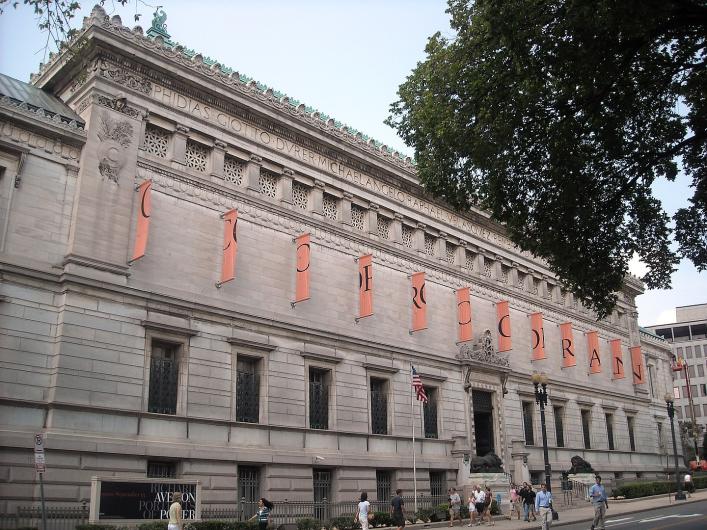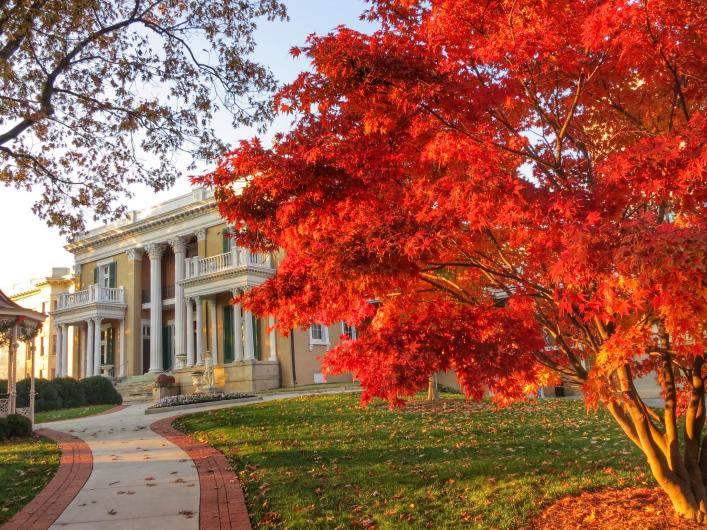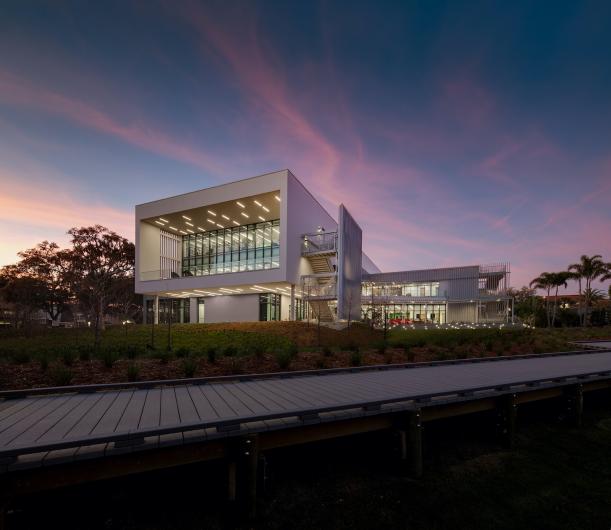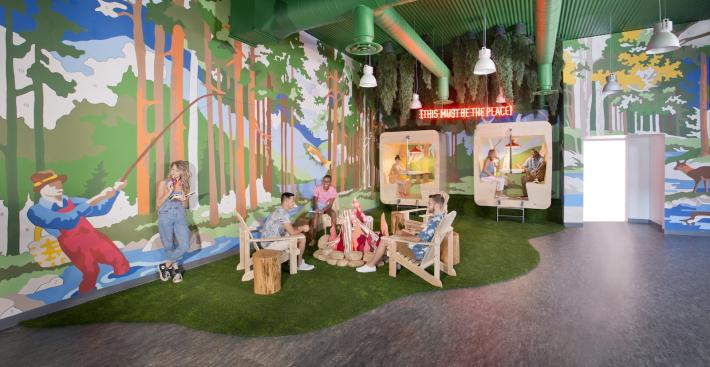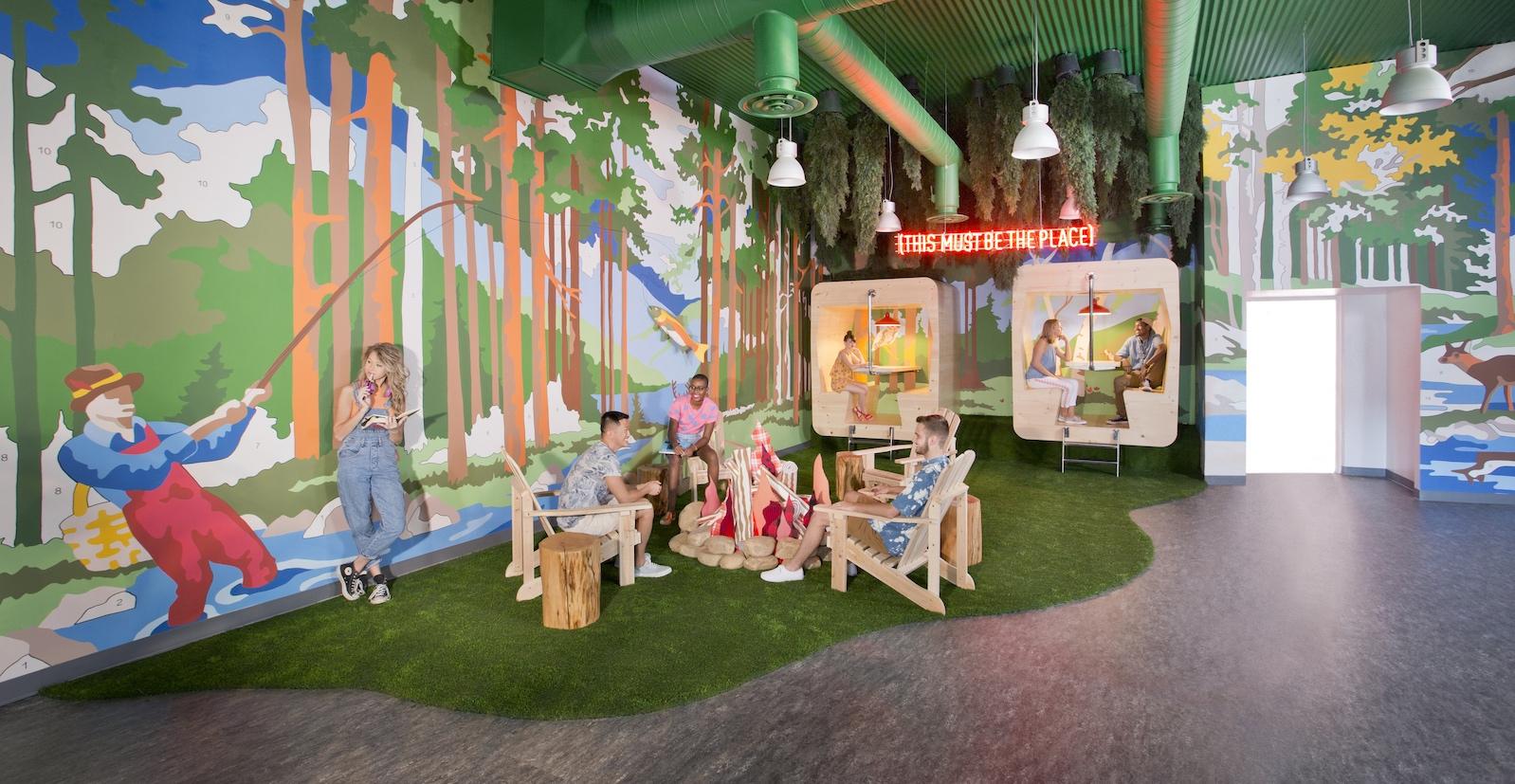
SCAD's Adler Hall, located on the Savannah River.
In today's world, professionals versed in art and design are in high demand, particularly those who can use their skills in both the fine arts and commercial worlds. Those looking to embark on a career in the arts have a huge range of options for their training and education. In this series, Art & Object delves back into the top art schools and programs of the U.S. From public universities with state-of-the-art studios to solely arts-focused colleges with flourishing overseas programs, this list runs the gamut.
One thing the last year or so has made abundantly clear, within the context of modern careers, is that flexibility and internet savvy are major keys to success. While many argue this has been the trend for some time, current events have certainly pushed things along. Artists who sell work online, who have graphic design skills, who know how to integrate important messages into their art—these individuals continued to work, teach, and learn through lockdowns. Some were even busier than ever.
Perhaps unsurprisingly, the top art schools and university programs of the American Southeast tend to be associated with regions known for other aspects of the broader arts and culture worlds. Nashville, Tennessee has an incredible music and entertainment scene, Georgia's Atlanta and Savannah are both culturally rich and historically complex, and locations throughout Florida play a significant role in the animation and wider arts industry. While many schools listed still have a lot of room to grow in terms of diversity, others have taken unique steps to honor and include the Latino, Indigenous, and Black members of the student body, faculty, and community.
To determine its final rankings, Art & Object's editorial staff weighed the following factors: degree and curriculum variety, quality of school museums, school renown, tuition cost (undergraduate, graduate, etc. if applicable), employment rate, graduation rate, internship opportunities, student body diversity*, surrounding art scene, cultural opportunities, and student statements. While Art & Object has strived to craft a list in the most objective manner possible, we recognize that measures of "best" could include many other factors. With that said, here are the Art & Object selections of the best art schools in the Southeast.
You can find our rankings for the Northeast, Southwest, Midwest, and West here.




